Recently developer Mike Blumenkrantz wrote an interesting post in regards to a future upgrade to Zink, the driver that provides an OpenGL implementation on top of Vulkan and the performance with it is looking impressive.
The new upgrade coming is called Copper. To keep it simple enough for most readers, it will allow Zink to avoid existing problems with the way the driver works and get rendering done more directly. The result of it has been shown off today, where Blumenkrantz tested the newer work with the NVIDIA 495.44 driver on an RTX 2070 and benchmarking Feral Interactive's port of Tomb Raider.
Interestingly, it seems later NVIDIA drivers don't quite render Tomb Raider correctly, even so the performance seems acceptable to test against (and if it did 100% render, performance might even be lower). The results speak for themselves on this one. First up the port with OpenGL:
And then when run through Zink:
Blimey. The average FPS went from 121.3 to 151. That's not exactly a small increase. As Blumenkrantz explains though, that performance difference is not currently likely to be matched in other games but it at least shows exactly how impressive Zink is.
Since everyone is going in with Vulkan now though, eventually OpenGL would probably be deprecated and not see much in the way of fixes or improvements. Eventually then perhaps, we might end up seeing Zink as the better way to run things that use OpenGL, even officially by GPU vendors. The future for Linux gaming certainly is interesting.
Quoting: ShmerlOpenGL for new projects will surely not be a thing. Non gaming applications are just progressing slowly, but they are going to move away from OpenGL, no question about it.
And support for OpenGl will end. It will not be maintained forever, no matter what industry likes it and what legacy programs use it.
I can say this for a fact as I work is place in a similar situation. The system that runs my entire workplace runs on... DOS.
Any replacement will use new, modern API's, because the language our system was written in isn't taught in University anymore.
I see no reason the same won't happen for OpenGL. Sure, there will still be running programs and apps 30 years from now, but something like zink will handle them long after driver support has gone.
Quoting: denyasisI can say this for a fact as I work is place in a similar situation. The system that runs my entire workplace runs on... DOS.
lol, yeah, that can happen :)
Last edited by MayeulC on 19 November 2021 at 9:51 am UTC
Quoting: MayeulCI still can't run RAGE withouth graphical issues (I had the same issues when the game was released, back them on AMD/windows/catalyst, and now on AMD/RadeonSI). I wonder if zink would help here.Sounds like a good idea to try and an interesting test case for Zink. Rage is indeed quite buggy and and is one of those freaks of nature that uses a compatibility context.
Quoting: Ehvis
Since everyone is going in with Vulkan now....
Only games. There is a whole world out there that is not games and I don't see that world switching any time soon. If at all.
We develop medtech software that uses Vulkan. We have 2 products, where the older one has a 15 year old OpenGL code base, and a newer one that is about 3 years old. We chose Vulkan for the newer one and hopefully we can port the older code base on the coming years.
Last edited by AzP on 19 November 2021 at 7:26 pm UTC
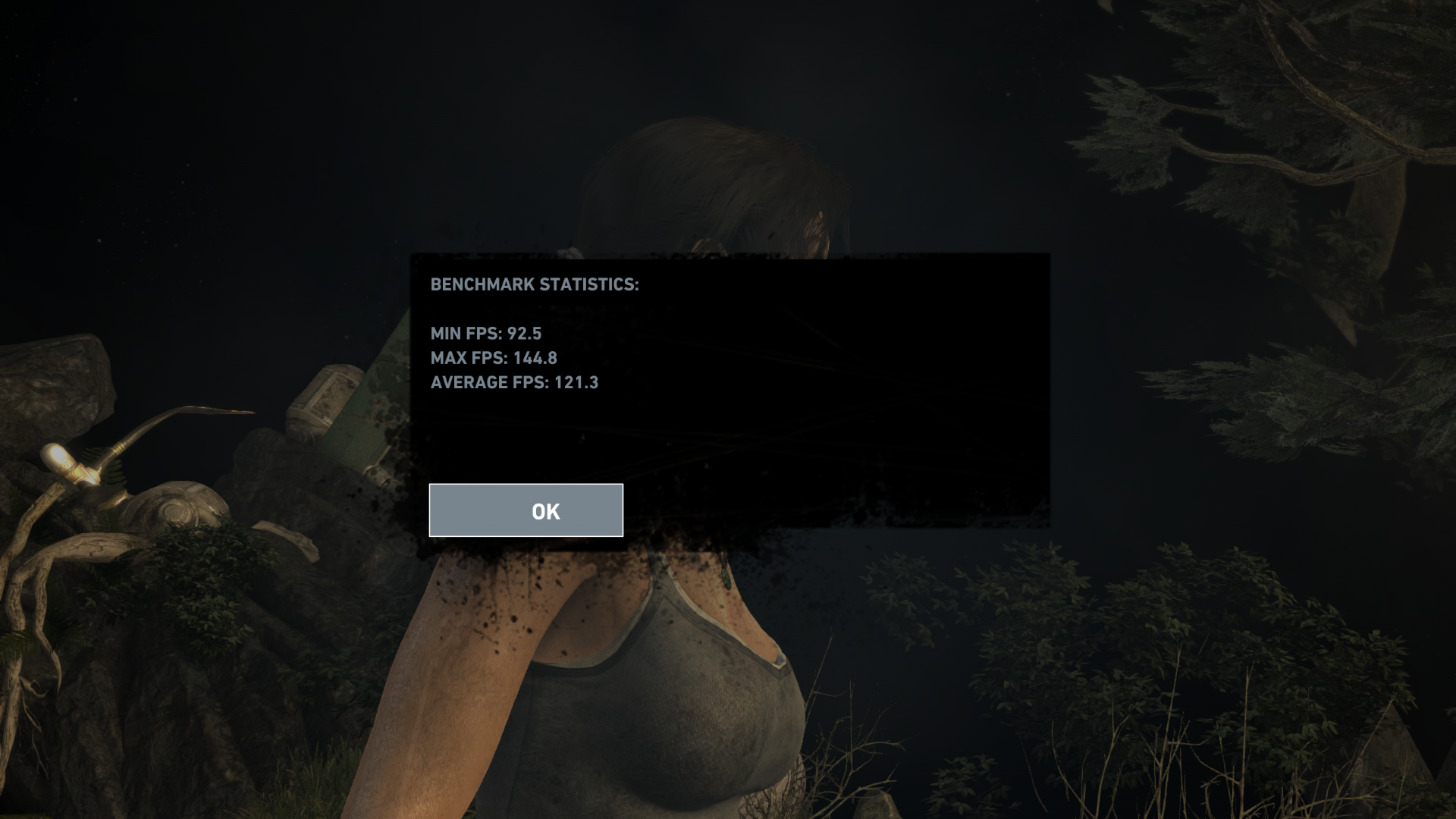
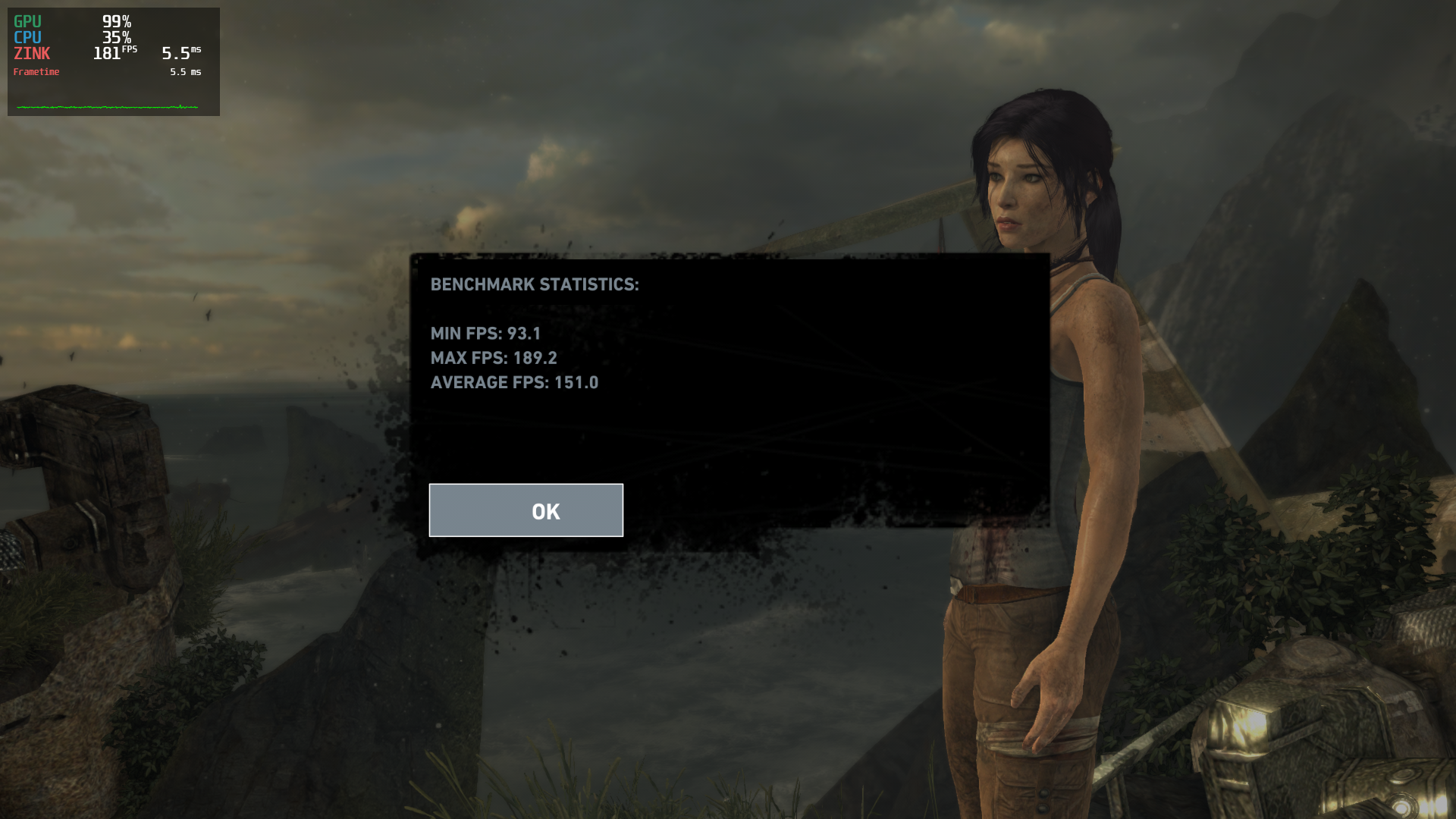
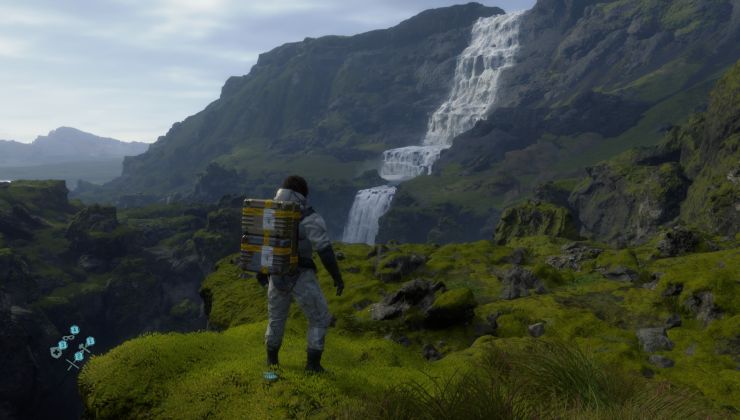
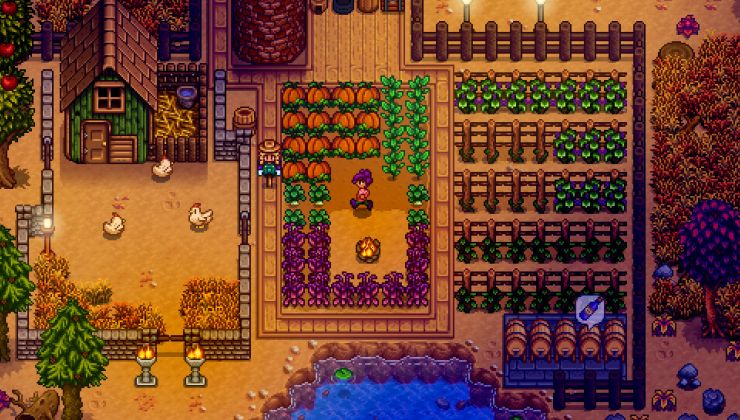
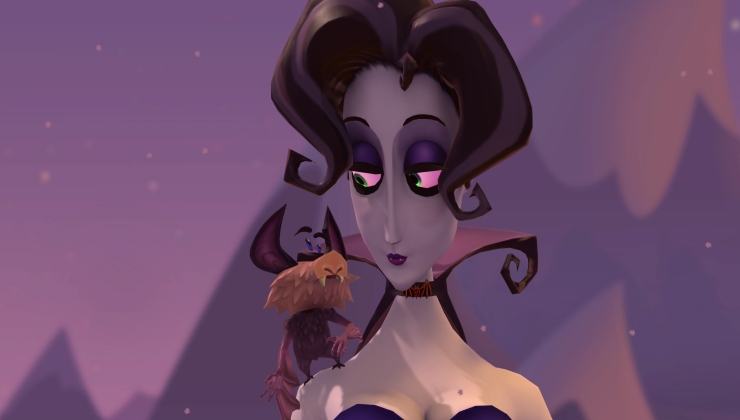
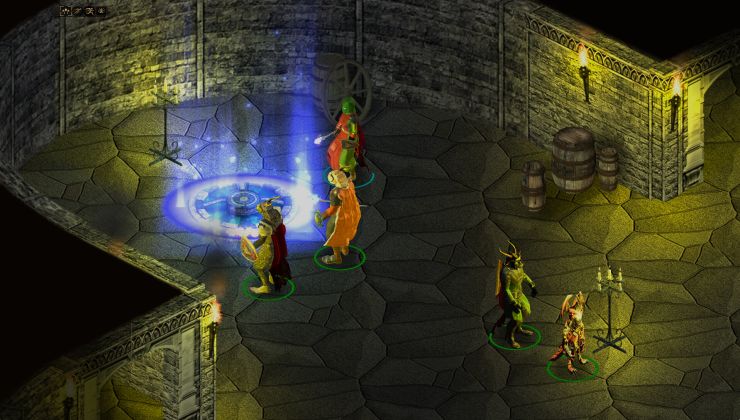





See more from me